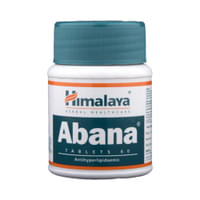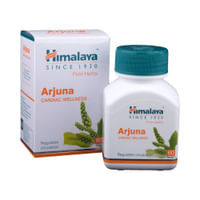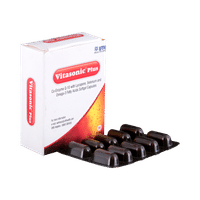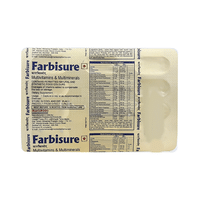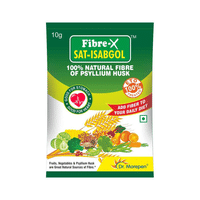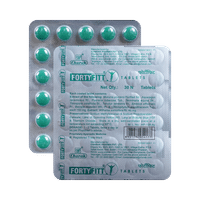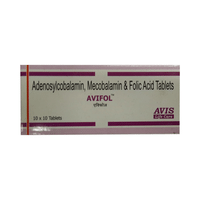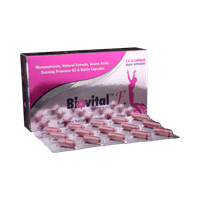Rs.339for 1 vial(s) (5 ml Injection each)
food interaction for Thinla Injection
alcohol interaction for Thinla Injection
pregnancy interaction for Thinla Injection
lactation interaction for Thinla Injection
food
alcohol
pregnancy
lactation
No interaction found/established
It is unsafe to consume alcohol with Thinla 25000IU Injection.
UNSAFE
Thinla 25000IU Injection may be unsafe to use during pregnancy. Although there are limited studies in humans, animal studies have shown harmful effects on the developing baby. Your doctor will weigh the benefits and any potential risks before prescribing it to you. Please consult your doctor.
CONSULT YOUR DOCTOR
Thinla 25000IU Injection is safe to use during breastfeeding. Human studies suggest that the drug does not pass into the breastmilk in a significant amount and is not harmful to the baby.
Thinla 25000IU Injection is released in small amounts in the breast milk and amounts reaching the baby are also small, which would not be expected to cause any harmful effects to the baby.
Thinla 25000IU Injection is released in small amounts in the breast milk and amounts reaching the baby are also small, which would not be expected to cause any harmful effects to the baby.
SAFE IF PRESCRIBED
SALT INFORMATION FOR Thinla 25000IU Injection
Heparin(25000IU)
Thinla injection uses
{med_name} is used to prevent heart attack and blood clots. It prevents the formation of blood clots in the legs, lungs, brain or heart.
How thinla injection works
Thinla 25000IU Injection is an anticoagulant. It works by preventing the formation of harmful blood clots. Although it does not dissolve the existing blood clots, it prevents them from growing larger and causing blockages in the blood vessels.
Common side effects of thinla injection
Osteoporosis, Hemorrhage, Heparin-induced thrombocytopenia (HIT), Irritation, Itching, Erythema (skin redness), Urticaria, Fever, Hematoma, Necrosis, Elevations of aminotransferases, Hypersensitivity
SUBSTITUTES FOR Thinla Injection
68 Substitutes
68 Substitutes
Sorted By
 Rs. 314.70save 7% more per ml of Injection
Rs. 314.70save 7% more per ml of Injection Rs. 316.80save 8% more per ml of Injection
Rs. 316.80save 8% more per ml of Injection Rs. 299.40save 13% more per ml of Injection
Rs. 299.40save 13% more per ml of Injection Rs. 320.25save 7% more per ml of Injection
Rs. 320.25save 7% more per ml of Injection Rs. 63.53save 82% more per ml of Injection
Rs. 63.53save 82% more per ml of Injection
Expert advice FOR Thinla Injection
- Notify your doctor if you see blood in your urine or stool or any unusual bleeding from your skin, gums or nose.
- Inform your doctor if you experience rash, itching, swelling of the face, tongue, and throat while you receive this medicine.
Frequently asked questions FOR Thinla 25000IU Injection
Heparin
Q. What is Thinla 25000IU Injection used for?
Thinla 25000IU Injection is a blood thinner that helps prevent and treat blood clots in blood vessels, the lungs, or after certain surgeries.
Q. Who should not receive Thinla 25000IU Injection?
Individuals should not receive Thinla 25000IU Injection if they are allergic to it, have uncontrolled bleeding, a low platelet count due to heparin use (heparin-induced thrombocytopenia), or have certain conditions like active stomach ulcers or recent brain, eye, or spinal surgery.
Q. Can Thinla 25000IU Injection cause serious bleeding?
Yes, Thinla 25000IU Injection can increase the risk of serious or life-threatening bleeding. Signs of bleeding include unusual bruising, nosebleeds, blood in urine or stools, or coughing up blood, and these require urgent medical attention.













